Artist Family Maelwael-Van Lymborch Paved the Way for Jan Van Eyck
Anyone who thinks that fine art in the Low Countries started with Jan van Eyck, should read the book Johan Maelwael and the Van Lymborch brothers. The authors of this book argue that the founders of Dutch painting can be found in Nijmegen. The Maelwael family brought about a revolutionary twist to miniature painting, by making the illustrations at least as important as the text.
It’s surprising news for those who think of little more than the Four Day Marching event when they hear the name Nijmegen, but it’s a fact – the undisguised naturalism that is so typical of the later Flemish Primitives is expressed in the miniatures created by the Maelwael family of painters, and their younger cousins Van Lymborch, who soon began working for the Duchy of Burgundy. Biblical scenes are depicted in their own time period, with figures dressed in contemporary clothes that reflect their rank and position. The extent of their realism is evident, among other things, in the well-known illuminations of Très Riches Heures du Duc de Berry (first half of the fifteenth century). In the miniature for the month of February we see a farm labourer and a maid with bare genitalia, unabashedly warming themselves by the fire – when wearing underwear came into fashion around 1400, it was initially only worn by the upper classes. Très Riches Heures also contains the miniature ‘The Annunciation to the Shepherds’, where some sheep have a red spot on their fleece indicating that they have been mated.
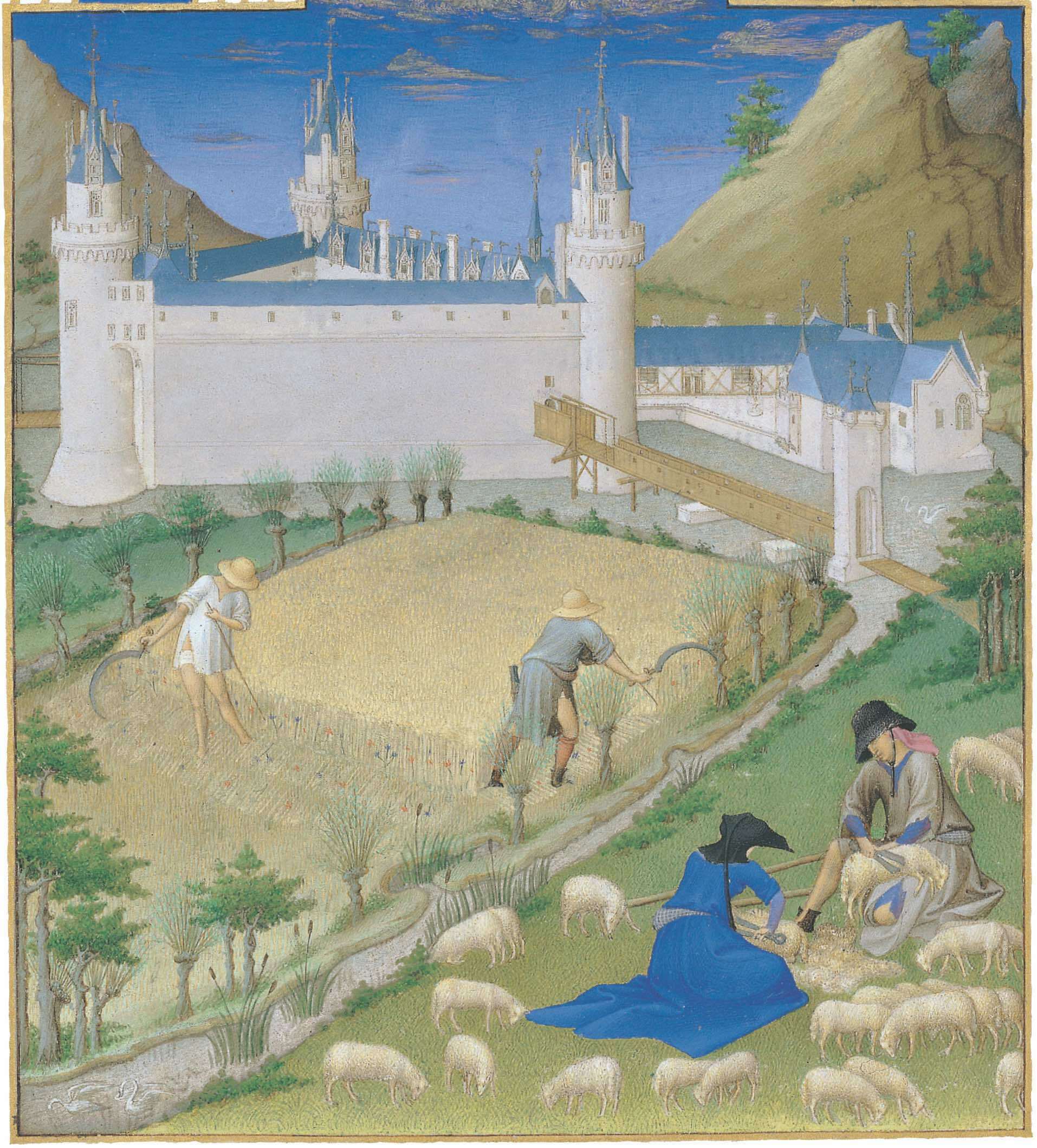 Detail on the July miniature from Très Riches Heures du duc de Berry, first half of the 15th century, tempera, ink and gold leaf on vellum
Detail on the July miniature from Très Riches Heures du duc de Berry, first half of the 15th century, tempera, ink and gold leaf on vellum© Musée Condé, Chantilly
The iconographic legacy these Nijmegen residents left behind is not elaborated on in the book Johan Maelwael and the Van Lymborch Brothers. Yet in the work of Jan Van Eyck (1390-1441) we find motifs already present in his predecessors from Nijmegen. An example is the groups of horsemen depicted in the panels Just Judges and The Soldiers of Christ, both of which are part of Van Eyck’s Ghent Altarpiece, also known as The Adoration of the Mystic Lamb. The depiction of the angel Gabriel bringing the Good News to Mary on the same Ghent altarpiece also shows similarities with imagery by the Nijmegen artists. In around 1405-1409, the Van Lymborch brothers depicted the so-called Annunciation as a meeting between the Angel-messenger (left) and Mary (right), in the book of hours Les Belles Heures du Duc de Berry. On Van Eyck’s folded altarpiece the characters occupy the same positions, the angel Gabriel is also depicted with a lily as a symbol of purity, and here too a dove descends above Mary’s head as a symbol of the Holy Spirit. There are other similarities, such as the column, which sits in the foreground between the characters in the Lymborch illumination, and which Van Eyck places in the background near a window, overlooking a city. Van Eyck’s work is more spacious and has a glossier finish due to his glazing technique with oil paint, rather than quick-drying tempera.
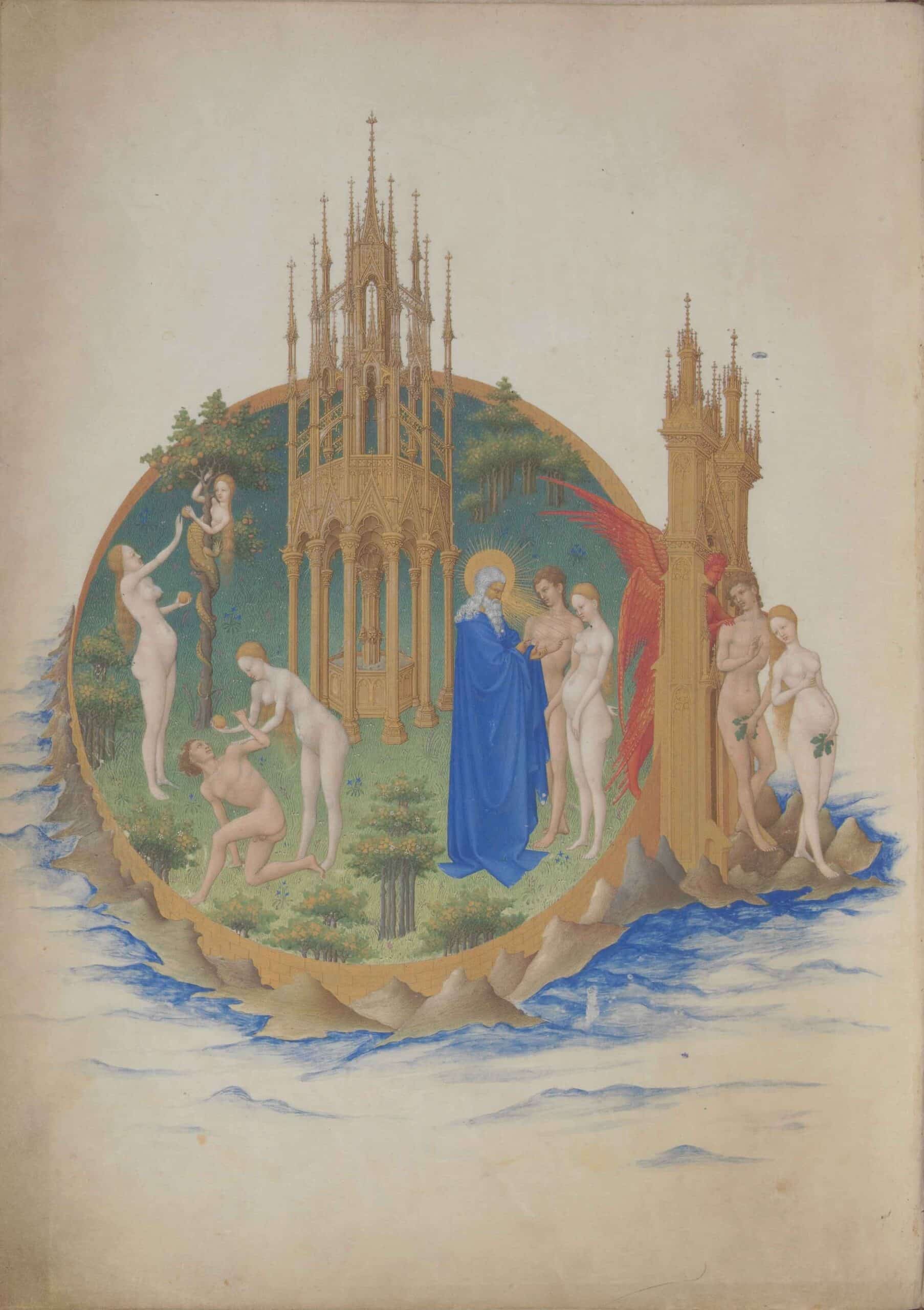 Brothers Van Lymborch, Paradise, a miniature from Très Riches Heures du duc de Berry
Brothers Van Lymborch, Paradise, a miniature from Très Riches Heures du duc de Berry© Musée Condé, Chantilly
Before the Nijmegen artists rose to stardom at the Burgundian courts, painters were not highly regarded in the Low Countries. Emancipation had already occurred in Italy thanks to Giotto, who exchanged flat backgrounds for lively settings in his frescoes and gave the characters emotions. However this fresco technique was less suitable for the climate of the Low Countries, and so artists here continued to focus on miniatures, tapestries and cathedrals with stained glass.
The Waelmael family of artists also started as humble servants of sculpture and heraldry. After all, sculpture was the most elevated art form after architecture, followed by goldsmiths and only then, painters, who were needed to make polychrome wood carvings and often sculptures too. But painters were also asked by the courts to work together with heralds to produce a kind of atlas containing the coats of arms of European nobility. The Dutch word ‘schilderen’ (to paint) actually has its origins here – as painters would decorate the ‘schilden’ (shields) of knights.
The Waelmael family of artists started as humble servants of sculpture and heraldry
At the time of Maelwael, many skilled miniaturists worked in Flanders, Brabant and Holland. However, the Maelwael family brought about a revolutionary twist to the profession by making the drawings at least as important as the text. The scenes covered entire pages and were given extra shine by using expensive pigments and gold leaf. They also painted contemporary landscapes and buildings as backgrounds, with a tentative start towards perspective. They also used the sfumato technique, softening and blurring contours to suggest depth. Johan Maelwael is also said to have created the first painting on canvas, as well as the first round painting (or tondo). Commissioner Philip the Bold took this encased round panel with him on his numerous war expeditions. The tondo with a Pietà on one side and Philip the Bold’s coat of arms on the back is now in the possession of the Louvre. In around 1400, Johan Maelwael was the highest-paid artist of his time.
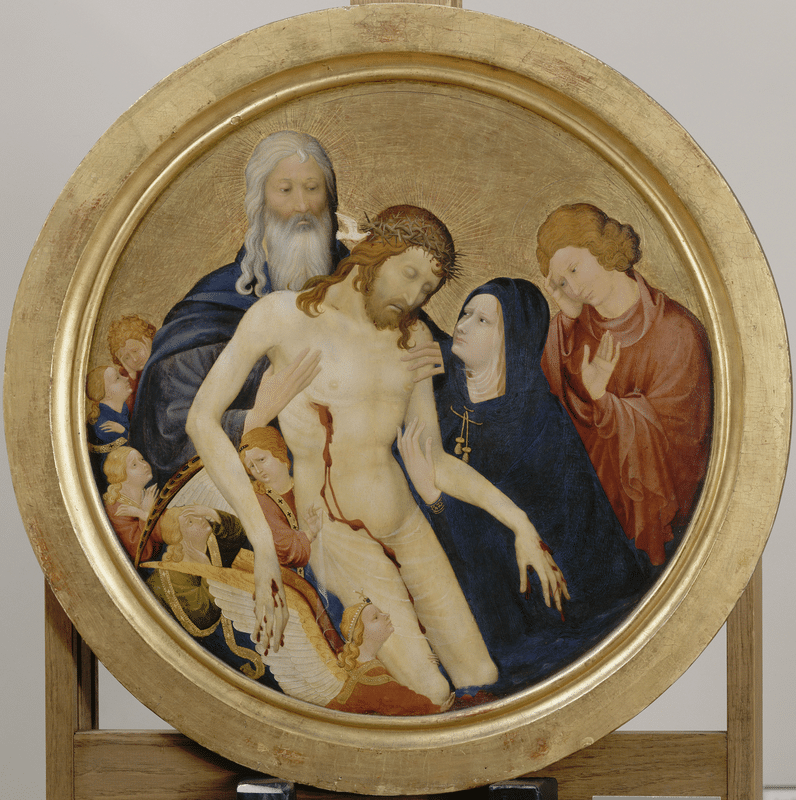 Johan Maelwael, Large Round Pietà, circa 1400, oil paint (tempera?) on oak panel
Johan Maelwael, Large Round Pietà, circa 1400, oil paint (tempera?) on oak panel© Musée du Louvre, Paris
So the question is why he and his three younger cousins Herman, Paul and Johan van Lymborch have remained so unknown to the average art lover for such a long time. Their late medieval masterpieces, such as the month illuminations from the Très Riches Heures, were first attributed to French, Flemish and German painters in art history. Moreover, the name of the work referred to the client. Only in recent decades have the Nijmegen artists themselves come into the spotlight, thanks to spectacular finds, auctions and prestigious exhibitions in the Louvre, the Getty Museum, the Metropolitan and the Rijksmuseum.
In around 1400, Johan Maelwael was the highest-paid artist of his time
Johan Maelwael and the Van Lymborch brothers by André Stufkens and the late Clemens Verhoeven is a highly accessible introduction. The illustrations, which each cover a full page, really help with this. In addition to this, there are no difficult chapters for laymen on things like technological research into canvases or pigments. In addition to the works, the authors have also been mindful of artists and the time period which they inhabited – something they refer to as the universe of the artists. Here they are really referring to the late medieval world as permeated by religion. As many readers today are no longer familiar with Bible stories, the authors briefly explain the ‘sacred’ context of each depicted work.
It was of course a stormy period, not only due to outbreaks of the plague, but also because of the Hundred Years’ War and religious turmoil on a global level. The Western Schism in the church (1378-1417), meant that at one point there were even three popes – one in Vatican City, one in Avignon and one in Bologna. This chaos put wind in the sails of Devotio Moderna. People began to emphasize their personal experience of piety, separate from institutions, and lay communities began to emerge in many places. Umberto Eco has written a lot about this period, and the books of hours and miniatures of the Maelwael-Van Lymborch family were important guides for the Italian author in doing so.
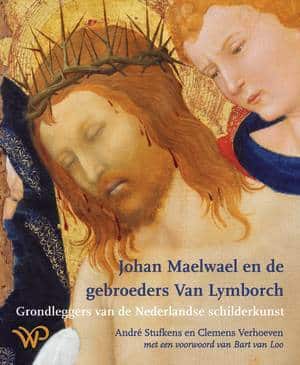
Another successful writer from the Low Countries, Bart Van Loo, also falls for ‘the delicate beauty’ of the work of the Nijmegen painters. In his foreword to this book, Van Loo reveals that a publication about Gelderland and Nijmegen will be published as the final piece to his Burgundy series. When that is out, many people won’t just associate Nijmegen with the Four Day Marching event but think of the Maelwael and Van Lymborch painters too.
André Stufkens and Clemens Verhoeven, Johan Maelwael and the Van Lymborch Brothers, Walburgpers, Zutphen, 2023, 212 p.


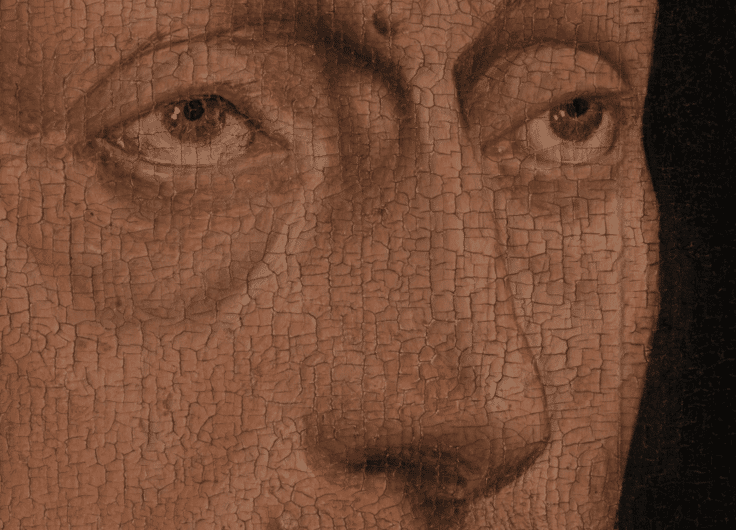

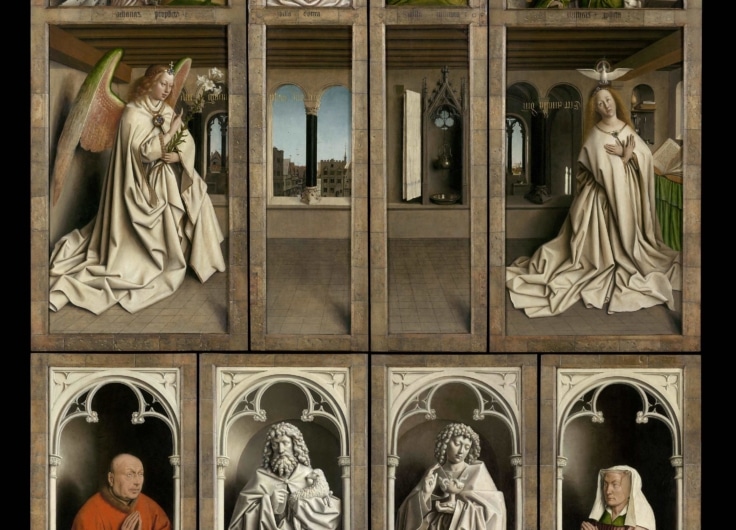
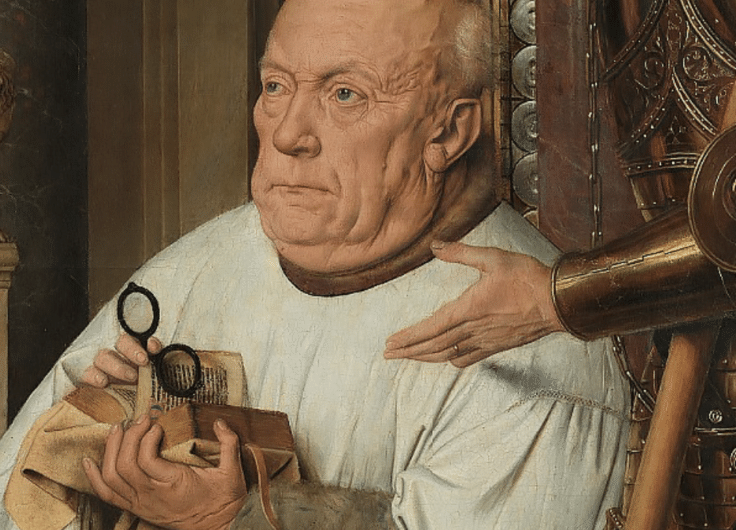



Leave a Reply
You must be logged in to post a comment.